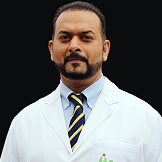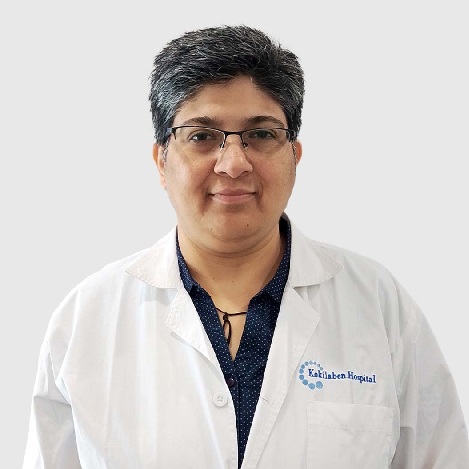The treatment for the condition varies based on the type, location, size, and grade of the tumour. The patient’s age and overall health are also important considerations. Commonly performed glioma treatments include:
Surgery: The primary treatment for the condition is surgical removal with procedures like craniotomy. The goal of surgery is to remove all the tumours that are easily accessible without damaging healthy brain tissue. Complete removal can be challenging if the glioma is near sensitive areas that control vital functions.
Radiation: Often used after surgery to eliminate any remaining cancer cells. It can also be used as a primary treatment for gliomas that cannot be surgically completely removed. Techniques like brachytherapy allow precise tumour targeting, reducing exposure to surrounding healthy brain tissue.
Chemotherapy: It uses oral or intravenous drugs to kill cancer cells. Like radiation, it follows surgery to destroy remaining malignant cells. Temozolomide is a commonly used chemotherapeutic drug for gliomas.
Tumour Treating Fields Therapy: A device that creates an electric field to hurt cancer cells is used to treat high-grade gliomas like glioblastoma. This treatment is used in combination with chemotherapy.
Targeted Therapy: These treatments target specific abnormalities within cancer cells. They cause the malignant cells to die by blocking these chemicals or irregularities.

Note: The treatment approach is selected based on the patient’s condition and the doctor’s opinion.
As a neurosurgeon, I know that hearing the word "glioma" can feel like your world has been turned upside down. This type of brain tumour, arising from the supportive glial cells, presents unique challenges, but it does not define your or your loved one's future.
Advances in imaging, surgery, and therapies mean we have more tools than ever to fight this battle, tailored specifically to your needs. My role is not just to treat the tumour but to support you emotionally and mentally, guiding you through each step with empathy and hope.
- Dr. Himanshu Champaneri
Neurosurgeon
Estimated Cost of Glioma Treatment
The cost of glioma tumour surgery in India depends on several factors, including the hospital facilities and the surgeon's expertise. The approximate expenses are mentioned below:
Note: Patients should speak with HexaHealth consultants for up-to-date pricing information.


































